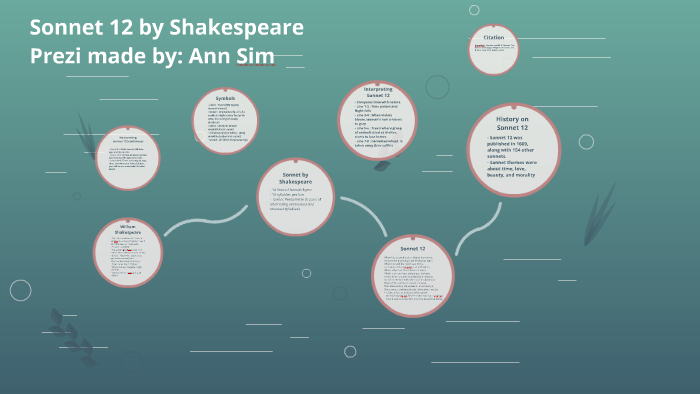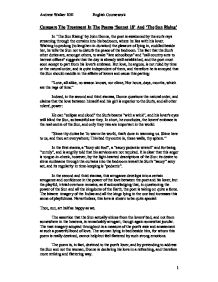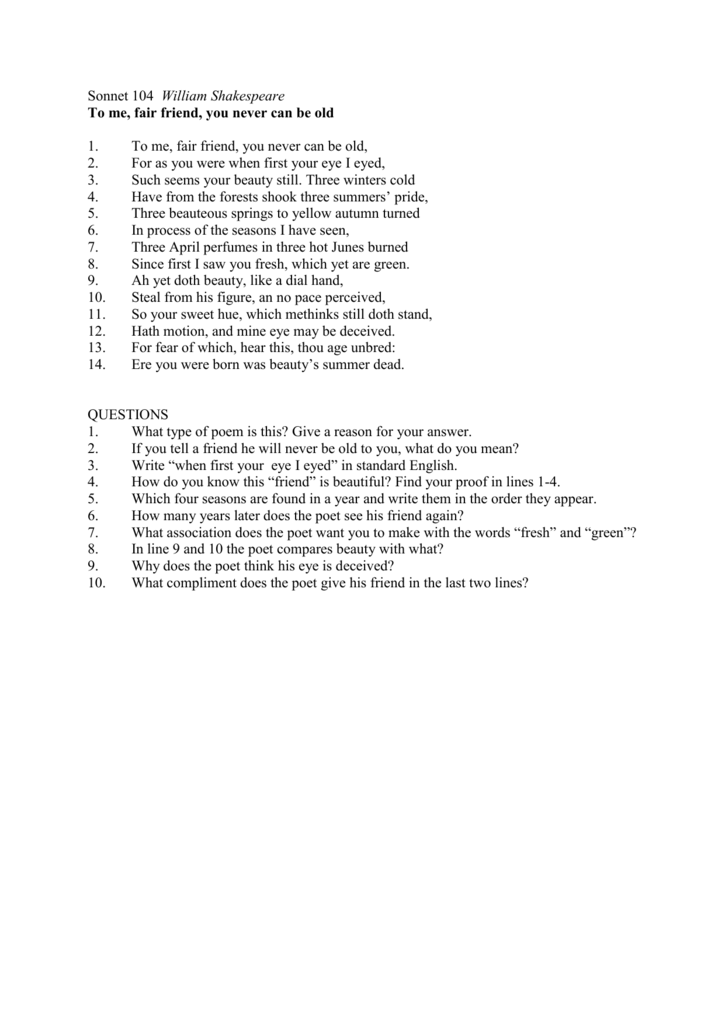

I wasn’t immediately keen on Sonnet 12 because so much of the imagery and visual metaphor seemed a bit on-the-nose (a clock, a wilting flower, the seasons changing), but once I gave myself permission to tackle the themes of the sonnet using my own metaphors rather than Shakespeare’s, I warmed to it.Ī sonnet has a very strict formal structure, with a set rhythm and rhyme scheme, and the first challenge Jon and I shared was how to translate that structure into comic panels. I didn’t know the sonnets at all, to be honest, though I was familiar with the form, and have had a crack or two at writing sonnets myself. I know the Greatest Hits from high school, but I can’t exactly call myself a Shakespearean scholar. Just as importantly, how well do you know Shakespeare? And specifically Sonnet 12?

We Skyped together in preparation for creating these comics and we got along very well. We’ve been both been published by Nobrow in London, but before this project we had only met in person once, at the Small Press Expo in Bethesda, Maryland a few years ago. How well do you know Jon McNaught (or his work)? Jon is a remarkable, nuanced cartoonist, and I liked the challenge of creating something that might complement his work in my broader cartoony style. When I was told Jon McNaught was on board, that sealed the deal for me. So I liked the idea, though was maybe skeptical that a 14-line sonnet could be expanded into a four-page story without losing the conciseness so inherent in the sonnet’s form. What did you think when you first heard this idea originally?Īs comics become more accepted as a literary form, I think their capacity for poetry can be overshadowed by their more prosaic qualities. Here’s what they did, and how they got there.

In what’s being billed as a Graphic Sonnet Exchange, Toronto’s John Martz and the U.K.’s Jonathan McNaught were each asked respond to the 14-line sonnet in a graphic form. As part of the International Festival of Authors - and the 400th anniversary this year of Shakespeare’s death - two graphic artists are rethinking his work: specifically, the Bard’s Sonnet 12.


 0 kommentar(er)
0 kommentar(er)
